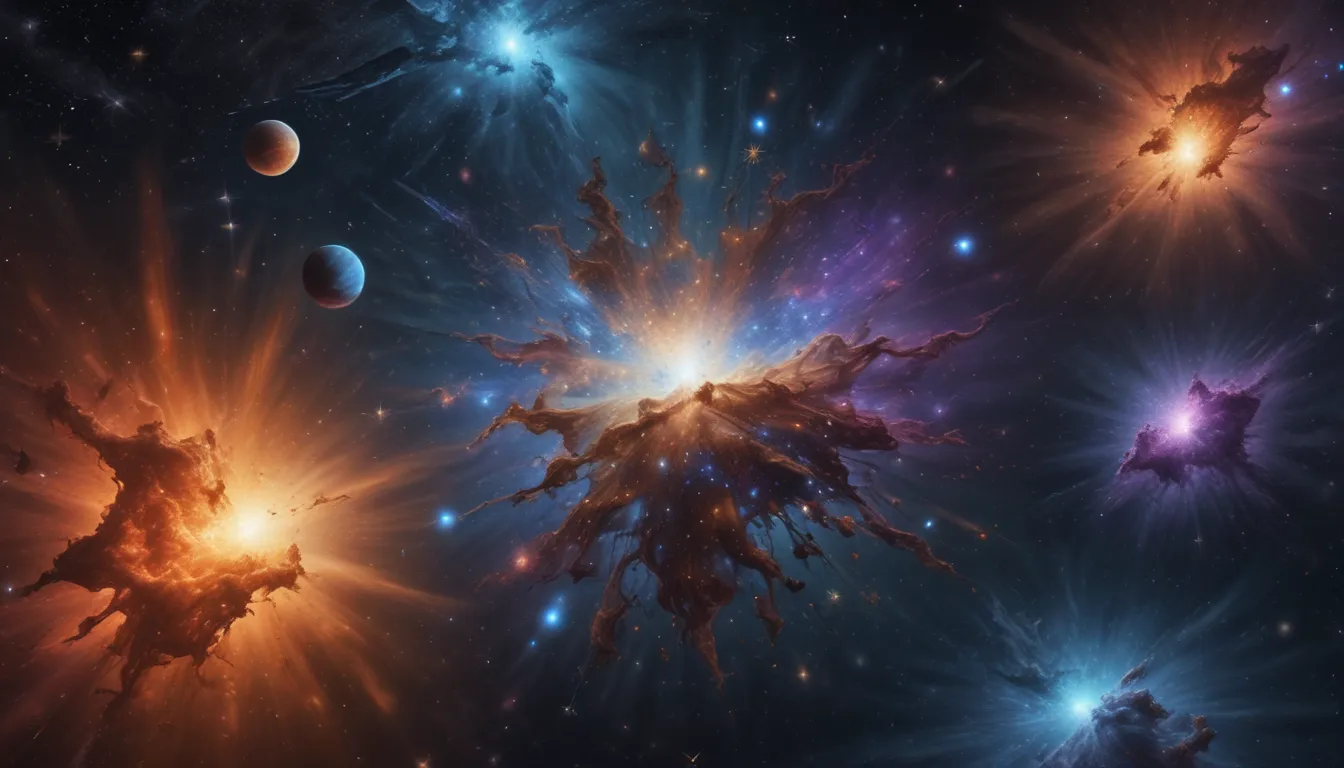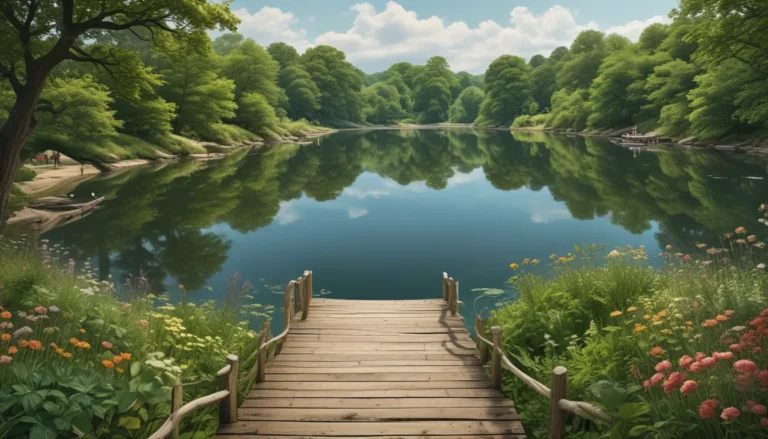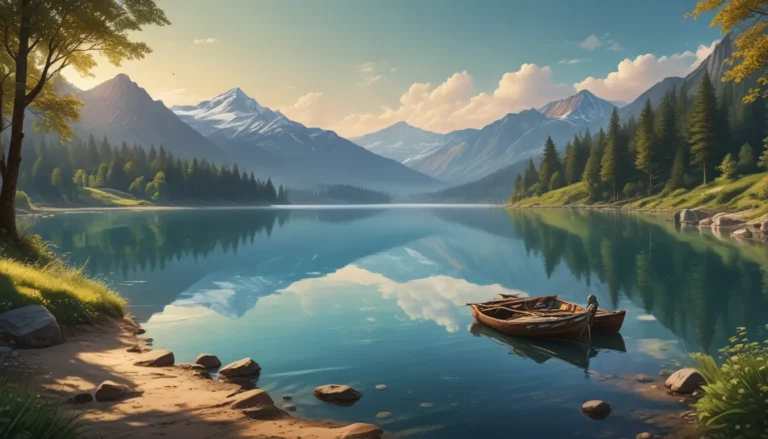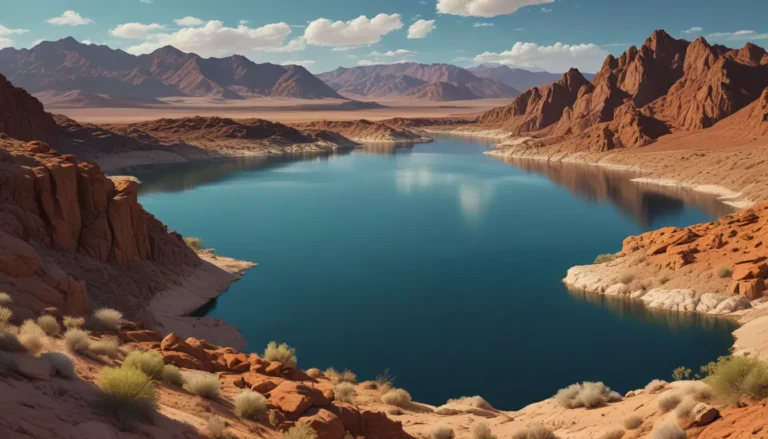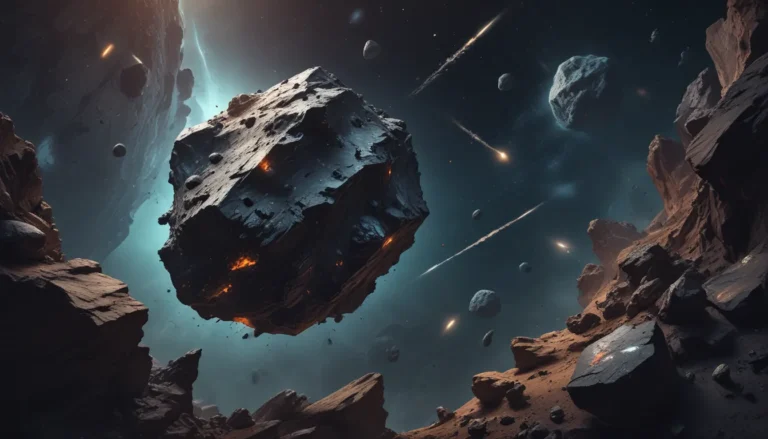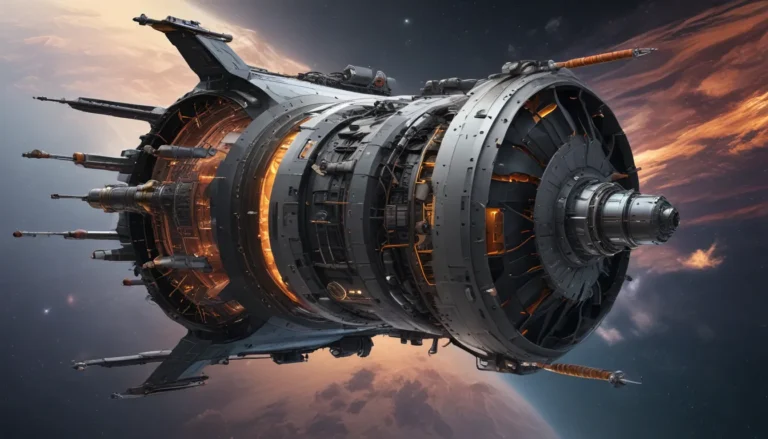The pictures we use in our articles might not show exactly what the words say. We choose these pictures to make you interested in reading more. The pictures work together with the words but don’t take their place. The words still tell you the important facts.
When we cast our eyes to the night sky, the twinkling stars captivate us with their brilliance. Yet, behind this celestial display lies a hidden world of interconnectedness—star clusters. These clusters, comprised of groups of stars bound together by gravity, undergo a fascinating evolutionary process that unfolds over millions of years. As we embark on a cosmic journey of discovery, we will unravel 11 intriguing facts about star cluster evolution, shedding light on the mechanisms of stellar birth and death.
Exploring the Cosmic Birthplaces of Stars
- Star clusters, like stellar families, are born from giant molecular clouds, dense regions teeming with gas and dust that serve as the raw materials for star formation.
- These clusters, ranging from open clusters with only a few hundred stars to massive globular clusters hosting millions, enrich galaxies and act as cosmic time capsules, preserving the history of stellar evolution.
- The dynamic nature of star clusters, shaped by stellar collisions and gravitational interactions, leads to disruptions, star expulsion, and eventual dissolution.
The Stellar Laboratories of Star Clusters
- Star clusters serve as stellar laboratories, offering insights into stellar evolution, planetary formation, and galactic history, influencing the enrichment of galaxies with their synthesized heavy elements.
- By studying star clusters of varying ages, astronomers can unravel the life cycles of stars, from birth to death, and gain invaluable insights into the processes governing stellar evolution.
- These cosmic ensembles exhibit diverse shapes and sizes, reflecting their initial conditions and the dynamical processes acting upon them throughout their lifetimes.
Peering into the Cosmic Mysteries
- Star clusters can influence the formation of planetary systems, contrary to previous beliefs, by providing raw materials and triggering planet formation processes within certain types of star clusters, particularly open clusters.
- Despite their dynamic nature, some star clusters can endure for billions of years, such as globular clusters, ancient stellar relics that offer insights into the early phases of galaxy formation and evolution.
- The properties of star clusters, such as their distribution, age, and metallicity, can serve as valuable indicators of the evolutionary history and properties of the galaxies they reside in, informing astronomers about galactic formation and evolution.
Unraveling the Secrets of Star Cluster Evolution
- Mass segregation within star clusters sees more massive stars migrate toward the center over time, forming a core with concentrated heavier stars, while lighter stars populate the outskirts, shaping the cluster's composition.
- Acting as cosmic time capsules due to their long lifetimes and simple stellar populations, star clusters provide valuable clues about the early Universe conditions and processes driving galaxy formation and evolution.
- Through extensive research and observation, scientists have uncovered the mysteries surrounding star cluster evolution, offering a glimpse into the vast cosmic web we are part of.
Embarking on a Journey of Cosmic Discovery
Star cluster evolution unveils a multitude of fascinating facts, from ancient globular clusters to youthful open clusters, inviting exploration and continued discovery. As we delve deeper into the mysteries of the universe, the dynamic nature of star clusters and their pivotal role in galaxy formation and evolution remain ripe for further investigation. With technological advancements and dedicated research efforts, the secrets of these mesmerizing cosmic ensembles promise even more intriguing revelations in the future.
FAQs: Answers to Your Curious Questions about Star Clusters
Q: What is a star cluster?
A: A star cluster is a group of stars gravitationally bound together, coming in two main types: ancient and dense globular clusters and younger, less tightly packed open clusters.
Q: How do star clusters form?
A: Star clusters form from vast clouds of gas and dust known as molecular clouds that collapse under gravity, leading to the formation of thousands or millions of stars within a small region of space.
Q: What causes star clusters to evolve?
A: Stellar interactions within the cluster and interactions with other celestial bodies, like galaxies or molecular clouds, influence the evolution of star clusters, disrupting their structure and triggering new star formation.
Q: How long do star clusters live?
A: The lifespan of star clusters varies based on type, with globular clusters living for billions of years due to their tight binding, while open clusters typically last from tens of millions to hundreds of millions of years.
Q: Can star clusters collide with one another?
A: While rare, star clusters can collide and merge, forming larger clusters or triggering intense star formation events known as starbursts.
Star cluster evolution offers a captivating glimpse into the intricate dance of stars in our vast universe. As we continue to explore the mysteries of globular clusters, binary stars, and other cosmic phenomena, we embark on a journey of discovery that unveils the breathtaking beauty and complexity of the cosmos. Trust in our commitment to delivering engaging and accurate content as we unravel the wonders of the universe together.
